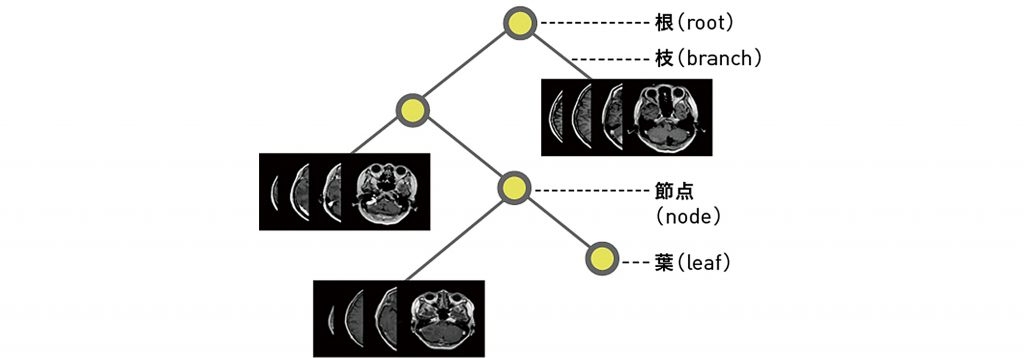Statistics is reputed as a highly practical academic discipline. This is due to the current demand in the realm of 21st century research and business for tools and human resources capable of effectively handling massive amounts of complex data, i.e., “big data.”
Within statistics is a subfield known as “biostatistics” which is focused on facilitating medicine and medical treatment-related research.
For example, biostatistics is used to give researchers an idea of whether some new medicine will be effective relative to existing medicines and, if so, how much more effective. Biostatisticians tackle research challenges together with clinical researchers, asking such questions as, “How will we gather data?” “How will we analyze that data?” and “How should we interpret the analysis results?”
The aim of biostatistics is not merely to consolidate information into graphs but, also, to correctly ascertain the significance of said data and to figure out how it should be applied it to the research challenge being addressed.

Researchers in Professor Asanao SHIMOKAWA’s laboratory in the Faculty of Science Division II Department of Mathematics are using biostatistics to construct a “patient prognosis model.”
In medicine, a prognosis is an estimate of how long a currently ill patient can live and what the expected course of the illness will be.
For example, in the case of a cancer patient, by analyzing accumulated big data such as the patient’s gender, age and tumor size, as well as MRI and CT scan image data, a model can be constructed which shows the variable probability of cancer recurrence and survival.
Even when dealing with the same type of cancer, being able to create a model which shows the sorts of conditions that increase the likelihood of recurrence or how long a patient will survive, makes it possible to come up with more tailored treatment plans.

Highly precise preventive treatment and medical treatment are essential when the aim is to protect people’s health and save lives. The role that biostatistics can play is in creating the foundation upon which such treatment models can be built.
Biostatistics is also being deployed as a tool for investigating the safety and quality of the vaccines and medicines that are currently and urgently being developed to ensure that they are safe and effective for all people to use.
■ Main research content